General anaesthetic is supposed to make surgery painless. But now there’s evidence that one person in 20 may be awake when doctors think they’re under.
The smallest event can trigger Donna Penner’s traumatic memories of an operation from more than 10 years ago.
One day, for instance, she was waiting in the car as her daughter ran an errand and realised that she was trapped inside. What might once have been a frustrating inconvenience sent her into a panic attack. She remembers: “I started screaming. I was flailing my arms, I was crying.”
Even the wrong clothing can make her anxiety worse. “Anything that’s tight around my neck is out of the question because it makes me feel like I’m suffocating,” says Penner, 55, from Altona in Manitoba, Canada.
Penner wouldn’t be like this if it were not for a small medical procedure that she had before her 45th birthday.
She was working in the accountancy department of a trucking company and had just celebrated the wedding of one of her daughters. But another scenario played off simultaneously: she had been having severe bleeding and pain during her period.
Penner’s family doctor had suggested that they investigate the causes with exploratory surgery. It should have been a routine procedure, but, for reasons that are far from clear, the general anaesthetic failed.
Rather than lying in peaceful oblivion, she woke up just before the surgeon made the first cut into her abdomen. With her body still paralysed by the anaesthetic drugs, she was unable to signal that anything was wrong.
Penner remained frozen and helpless on the operating table as the surgeon probed her body — while she experienced indescribable agony. “I thought: ‘This is it, this is how I’m going to die, right here on the table, and my family will never know what my last few hours were like because no one’s even noticing what’s going on.’”
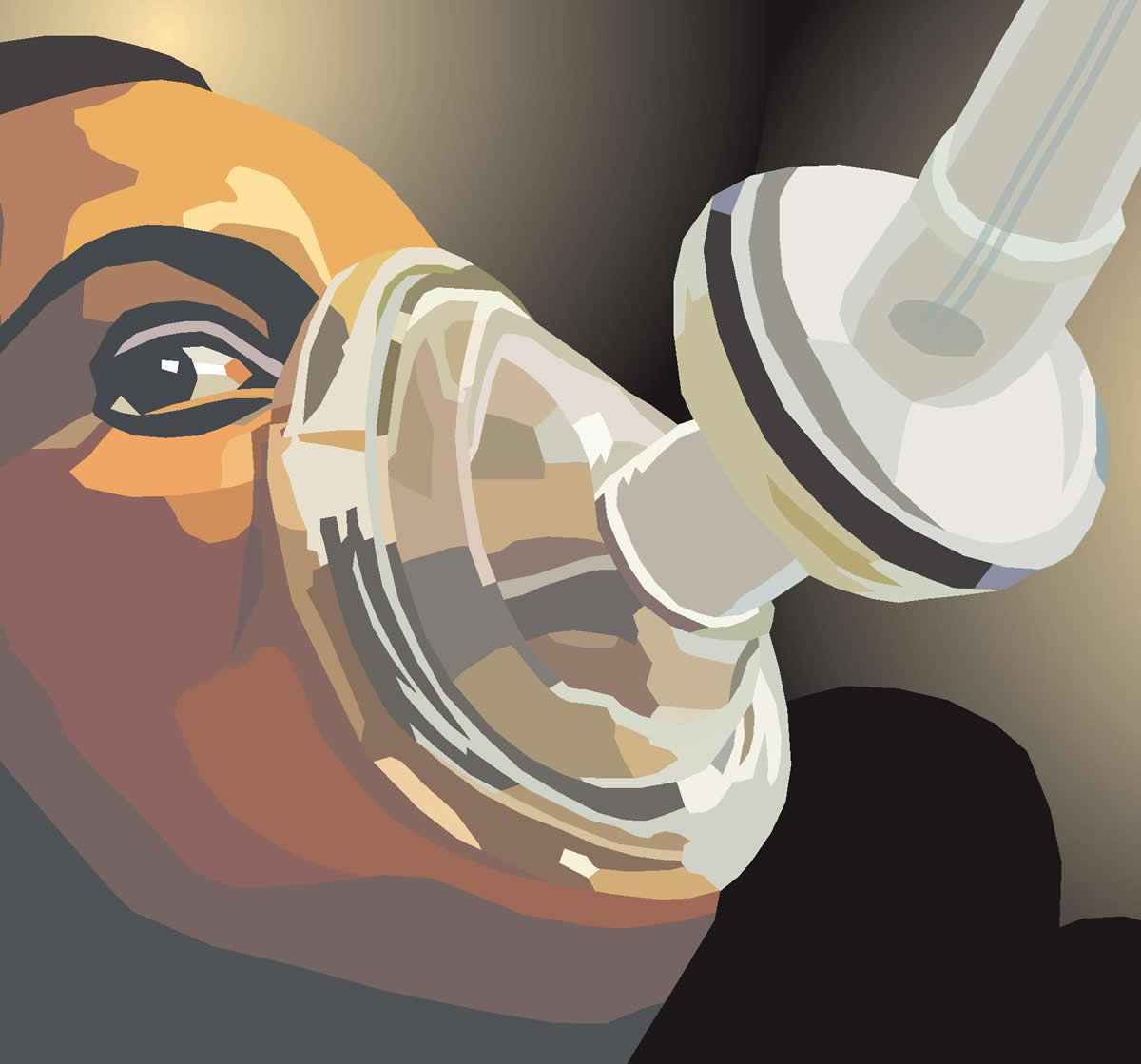
For years, anaesthesia awareness has been shrouded in mystery. Although extreme experiences like Penner’s are rare, there is now evidence that about 5% of people — and possibly many more — may wake up on the operating table, according to a 2017 study published in the journal Anesthesiology.
Thanks to the amnesiac effects of the drugs, however, most of these people will be unable to remember anything about the event — and whether or not that is something we should be concerned about is both a practical and a philosophical question.
Penner, however, did remember. Her memories resulted in lingering trauma with life-changing repercussions. She’s been put on medical leave from her job and has lost her independence. “It’s a life sentence,” she says.
General anaesthesia is a remarkably common procedure. “Almost three million general anaesthetics happen each year in the United Kingdom alone [according to a 2011 study in the British Journal of Anaesthesia],” says Peter Odor, a registrar at St George’s Hospital in London. “As a consequence, it is more probable than not that someone, somewhere in the world, right now is aware during their surgery.”
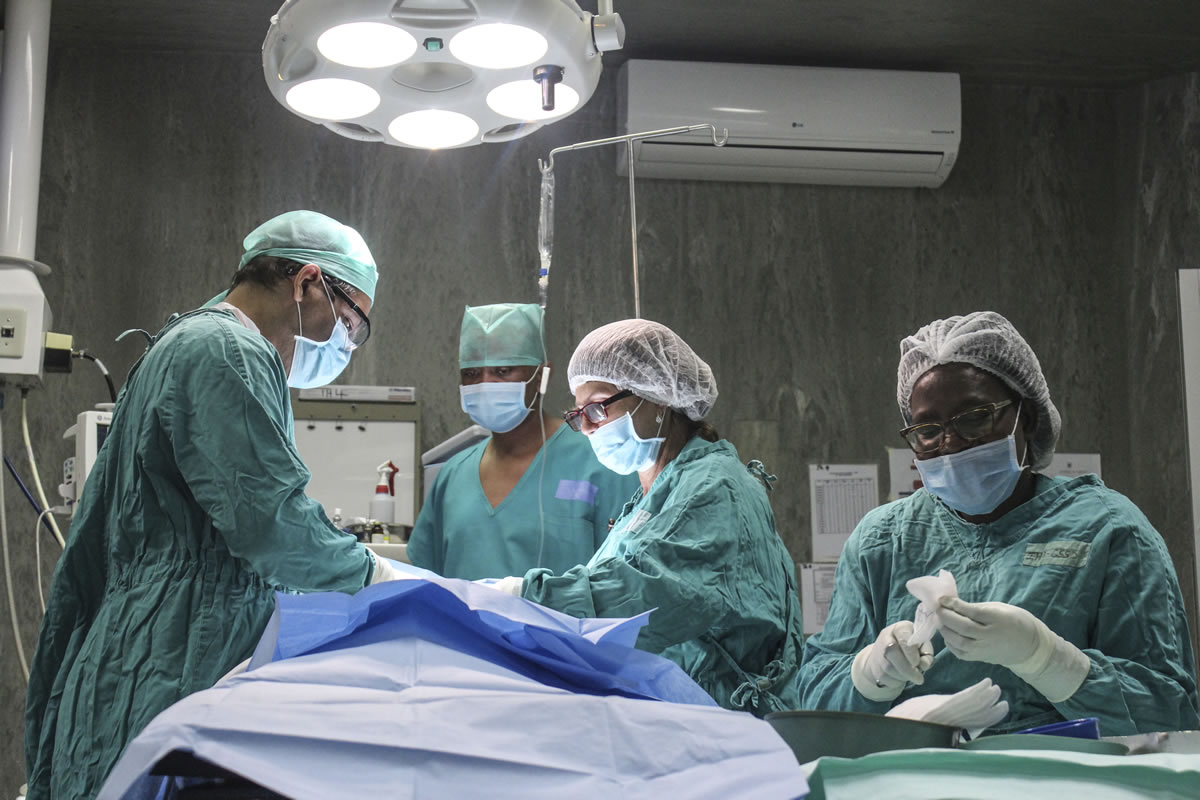
Let’s be clear: anaesthesia is a medical miracle.
Since at least the time of Hippocrates, physicians and medicine men had hunted for a good way to ease the pain of medical procedures. Although drugs such as alcohol and opium could act as sedatives, their efficacy was unreliable: most patients didn’t escape the torture.
By the 1840s, scientists had discovered various gases that appeared to have sedative effects. One of these, sulphuric ether, had attracted the attention of a dentist based in Boston, named William Morton, who put it to the test in a public demonstration at the Massachusetts General Hospital in 1846.
Although the patient was still able to mutter half-coherent thoughts, he reportedly felt no pain, just the faint sense of his skin being “scratched with a hoe”.
The news of the demonstration soon spread throughout the medical establishment, heralding the start of the anaesthetic era. With the subsequent discovery of even more effective anaesthetic agents such as chloroform, the agony of the surgical knife seemed to be a thing of the past.
General anaesthesia creates a controlled unconsciousness that is deeper and more detached from reality even than sleep.
Today, anaesthetists have a wide range of pain-killing and consciousness-reducing drugs at their disposal. The exact choice will depend on the procedure and the patient’s particular needs.
Often, the aim is not to produce a loss of consciousness but simply to remove the sensation from a particular part of the body. So-called “regional anaesthetics” include spinal and epidural anaesthetics, both of which are delivered between the bones of your back to numb the lower half of your body. These are commonly used during childbirth, bladder operations and hip replacements.
You may also be given a sedative — which produces a relaxed, sleepy state but does not fully eliminate your awareness.
General anaesthesia, in contrast, aims to do just that, creating an unresponsive drug-induced coma or controlled unconsciousness, with no memories of any events during that period. As Robert Sanders, an anaesthetist at the University of Wisconsin–Madison, puts it: “We’ve apparently ablated this period of time from that person’s experience.”
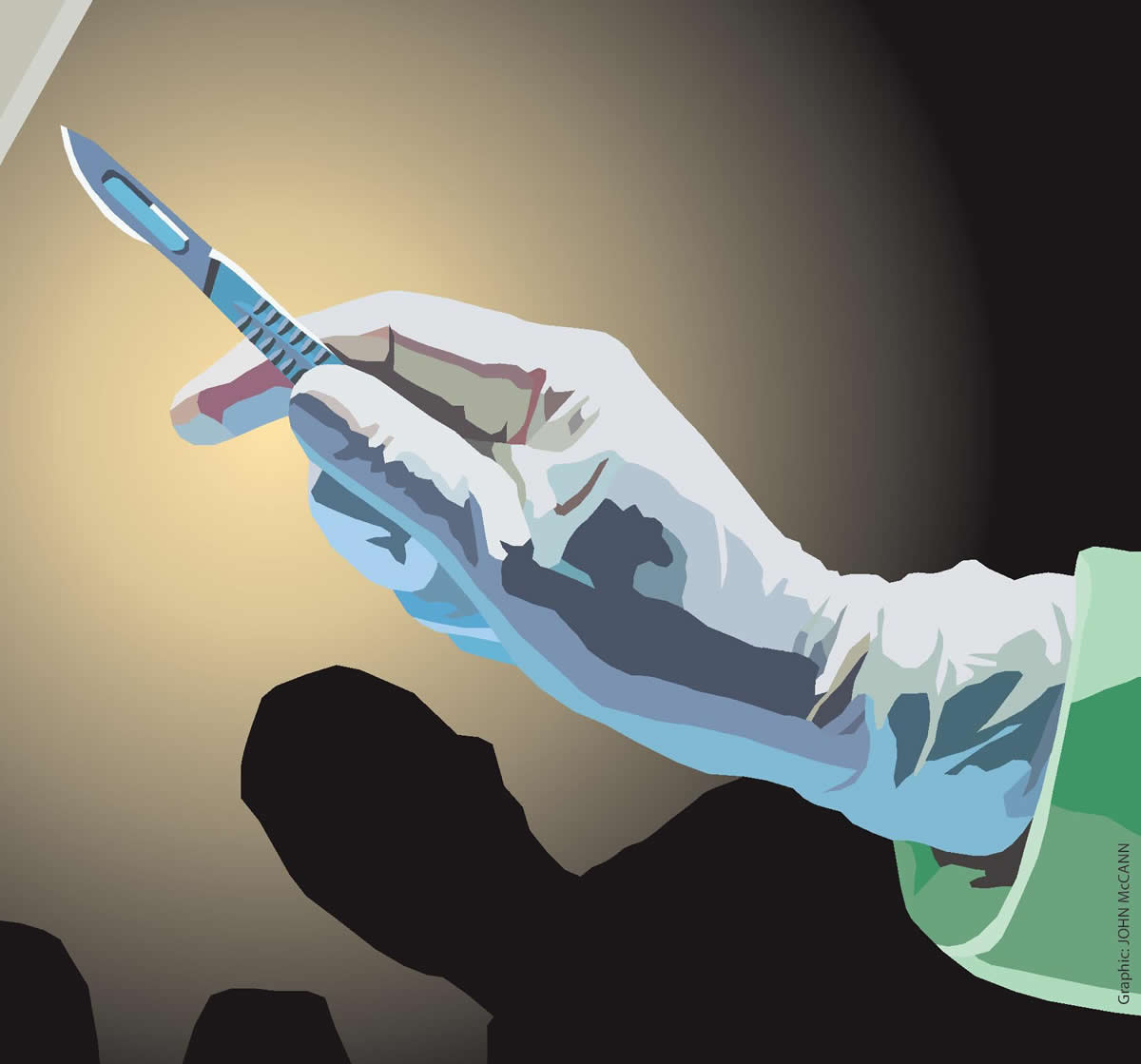
We still don’t know exactly why anaesthetic agents dim our consciousness, but they are thought to interfere with various brain chemicals called neurotransmitters. These chemicals turn up or turn down the activity of neurons, particularly the widespread communication between different brain regions.
In the clinic, there are many complicating factors to consider, of course. An anaesthetist may choose to use one drug to induce the temporary coma and another to maintain it, and they need to consider many factors — such as the patient’s age and weight, whether they smoke or take drugs and the nature of their illness — to determine the doses.
Many procedures also use muscle relaxants. For example, nearly half of general anaesthetics administered in the UK included neuromuscular blockers, according to the country’s National Audit Project. These drugs temporarily paralyse the body, preventing spasms and reflexes that could interfere with the surgery, without raising the dose of the anaesthetic drugs to dangerously high levels.
This all makes anaesthesia as much art as science, and in most cases, it works astonishingly well.
More than 170 years after Morton’s public demonstration, anaesthetists across the world plunge millions of people each year into comas and then bring them out safely. This doesn’t just reduce patients’ immediate suffering; many of the most invasive life-saving procedures would simply not be possible without good general anaesthesia.
But as with any medical procedure, there can be complicating factors. Some people may have a naturally higher threshold for anaesthesia, meaning that the drugs don’t reduce the brain’s activity enough to dim the light of consciousness.
In some cases, such as injuries involving heavy bleeding, an anaesthetist may be forced to use a lower dose of the anaesthetic for the patient’s own safety.
It may also be difficult to time the effects of the different drugs, to ensure that the so-called induction dose — which gets you to sleep — doesn’t fade before the maintenance dose — to keep you unconscious — kicks in.
In some situations, you might be able to raise or lower your limb, or even speak, to show the anaesthetic is not working before the surgeon picks up their scalpel. But if you have also been given neuromuscular blockers, that won’t be possible. The unfortunate result is that a small proportion of people may lie awake for part or all of their surgery without any ability to signal their distress.

Penner had felt anxious in the run-up to her operation, but she had had a general anaesthetic before without any serious problems. She was wheeled into the operating theatre, placed on the operating table and received the first dose of anaesthesia.
She soon drifted off to sleep, thinking, “Here I go.”
But when she woke up, she could hear the nurses buzzing around the table, and she felt someone scrubbing at her abdomen. She assumed that the operation was over and they were just clearing up. “I was thinking, ‘Oh boy, you were anxious for no reason.’”
It was only once she heard the surgeon asking the nurse for a scalpel that the truth suddenly dawned on her: the operation wasn’t over. It hadn’t even begun.
The next thing she knew, she felt the blade of his knife against her belly as he made his first incision, leading to excruciating pain. She tried to sit up and to speak — but thanks to a neuromuscular blocker, her body was paralysed.
She remembers: “I felt so … so powerless … I couldn’t move, couldn’t scream, couldn’t open my eyes. I tried to cry just to get tears rolling down my cheeks, thinking that they would notice that and realise that something was going on. But I couldn’t make tears.”
Eventually, Penner tried to focus all her attention on moving one foot, which she managed to wiggle very slightly. She felt astonishing relief when one of the nurses placed his hand over it. Before she could move it again, however, the nurse had let go. She tried a total of three times, all with the same result. “It was very frustrating for me, knowing that was the only way to communicate and it wasn’t working.”
Her torment should have finished after the surgeon had ended his work. But as the neuromuscular blockers began to wear off, she started to move her tongue around the tube stuck down her throat; it was a way, she thought, of signalling to the staff that she was awake.
Unfortunately, the staff misread her attempts at communication and began to withdraw the tube prematurely, before the paralytic agent had faded enough for her lungs to be able to operate on their own. “So here I was lying on the table and he took away my life support, my oxygen. I could not take a breath,” Penner says.
She assumed she would die.
At this point, the operating room began to feel more distant, as she felt her mind escape in an out-of-body experience. A committed Christian, she says she felt the presence of God with her. It was only after the staff restored her oxygen supply that she drifted back into the operating room, to wake, crying.
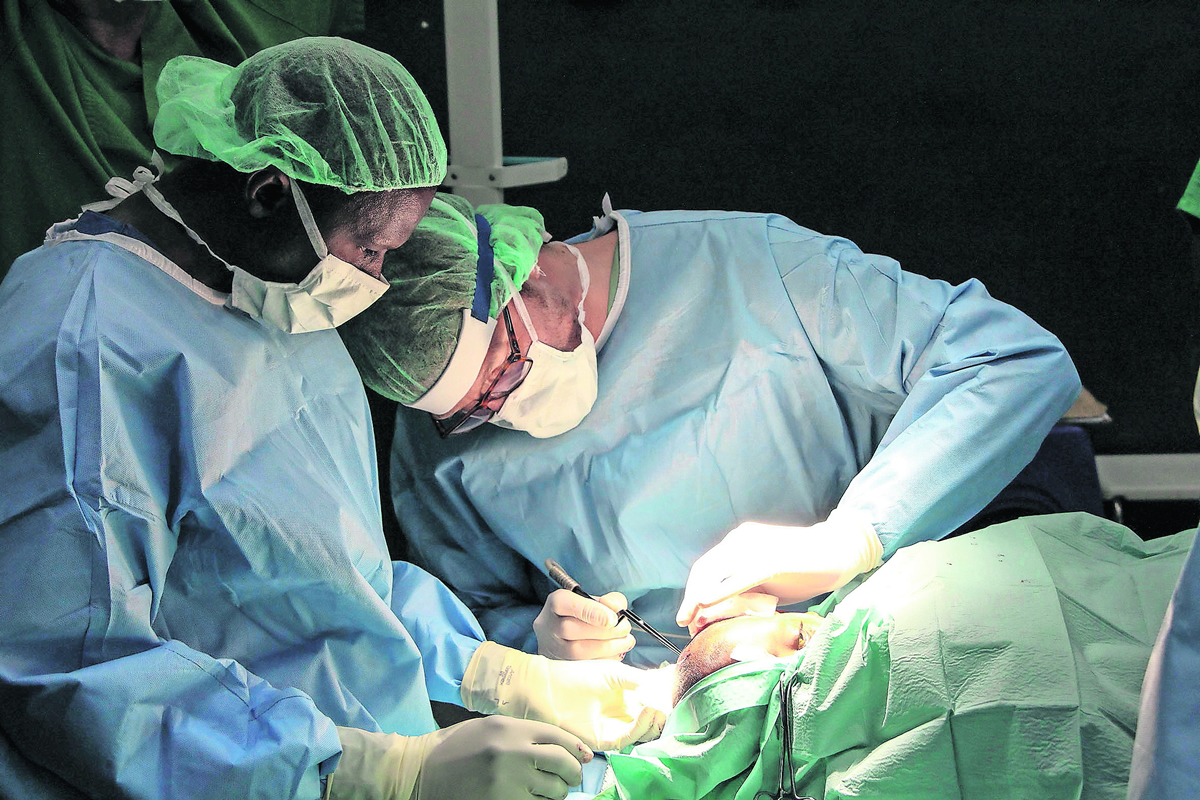
Projects around the world have attempted to document experiences like Penner’s, but the Anesthesia Awareness Registry at the University of Washington, Seattle, offers some of the most detailed analyses. Founded in 2007, it has now collected more than 340 reports — most from North America. Although these reports are confidential, some details have been published and they make for illuminating reading.
Nearly all the patients included said they heard voices or other sounds under general anaesthesia — patients’ eyes are typically closed during surgery so visual experiences tend to be less common.
“I heard the type of music and tried to figure why my surgeon chose that,” one patient told the registry “I heard several voices around me. They seemed to be panicking. I heard them say they were losing me,” another reported.
As one might expect, most of the accounts — more than 70% — also contain reports of pain. “I felt the sting and burning sensation of four incisions being made, like a sharp knife cutting a finger,” wrote one. “Then searing, unbearable pain.”
It is the paralysing effects of the muscle blockers that many find most distressing, however. For one thing, it produces the sensations that you are not breathing — which one patient described as “too horrible to endure”.
To make matters worse, all of this panic can be compounded by a lack of understanding of why they are awake but unable to move. “They have no reference point to say: Why is this happening?” says Christopher Kent at the University of Washington, who co-authored a paper about these accounts. The result, he explains, is that many patients come to fear that they are dying.
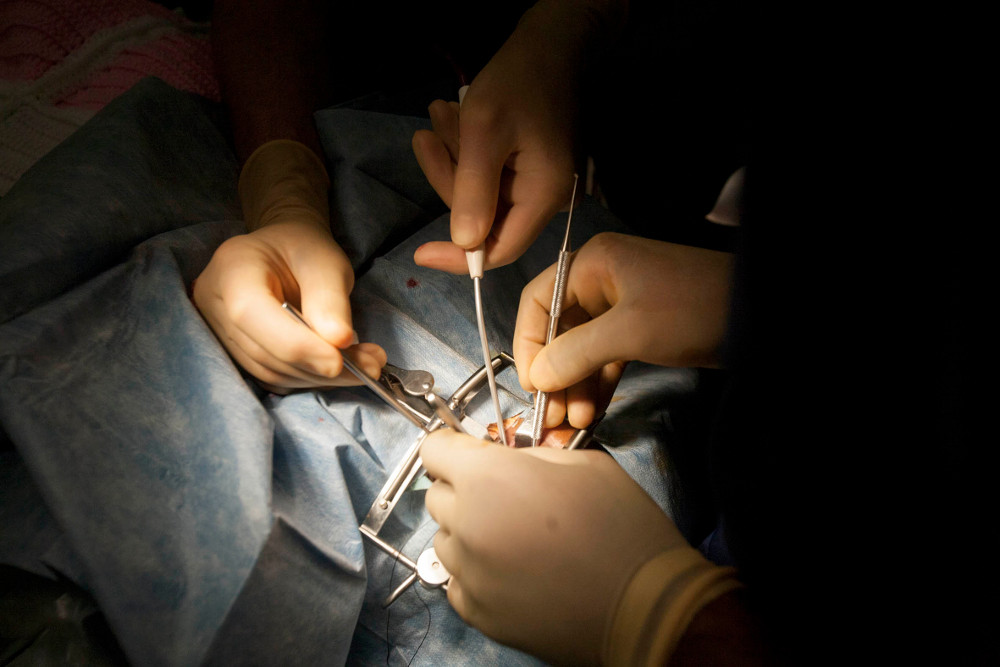
Estimates of how often anaesthesia awareness happens have varied depending on the methods used, but those relying on patient reports had tended to suggest it was very rare indeed.
One of the largest and most thorough investigations was the fifth National Audit Project carried out by British and Irish anaesthetists’ associations, in which every public hospital in the UK and Ireland had to report any incidents of awareness for a year.
The results, published in 2014, found that the overall prevalence was just one in 19 000 patients undergoing anaesthesia. The figure was higher — around one in 8 000 — if the anaesthesia included paralysing drugs, since they prevent the patient from alerting the anaesthetist that there is a problem before it is too late.
Unfortunately, these figures are probably underestimates, St George’s Hospital registrar Peter Odor argues. For one thing, the National Audit Project relied on patients themselves reporting directly to the hospital — but many people may feel unable or unwilling to come forward and would instead prefer to just put the experience behind them.
There are also the amnesiac effects of the drugs themselves. “Anaesthetic drugs disrupt your ability to encode a memory,” says Odor. “And the dose that you give to obliterate memories is lower than what you need to obliterate consciousness. So memory goes well before consciousness goes.”
The result is that many more people might be conscious during surgery, but they simply can’t remember it afterwards.
To investigate this phenomenon, researchers are using what they call the isolated forearm technique. During the induction of the anaesthesia, the staff place a cuff around the patient’s upper arm that delays the passage of the neuromuscular agent through the arm. This means that, for a brief period, the patient is still able to move their hand. So a member of staff could ask them to squeeze their hand in response to two questions: whether they were still aware, and, if so, whether they felt any pain.
In the largest study of this kind to date, Sanders recently collaborated with colleagues at six hospitals in the United States, Europe and New Zealand. Of the 260 patients studied, 4.6% responded to the experimenters’ first question about awareness.
That is hundreds of times greater than the rate of remembered awareness events that had been noted in the National Audit Project. And about four in 10 of those patients who did respond with the hand squeeze — 1.9% across the whole group — also reported feeling pain in the experimenters’ second question.
These results raise some ethical quandaries. “Whenever I talk to the trainees I talk about the philosophical element to this,” says Sanders. “If the patient doesn’t remember, is it concerning?”
Sanders says that there’s no evidence that the patients who respond during the isolated forearm experiments, but fail to remember the experience later, do go on to develop post-traumatic stress disorder or other psychological issues like Penner. And without those longterm consequences, one might conclude that the momentary awareness is unfortunate, but unalarming.
Yet the study made Sanders uneasy, so he conducted a survey to gather the public’s views on the matter. Opinions were mixed. “Most people didn’t think that amnesia alone is sufficient — but a surprisingly large minority thought that as long as you didn’t remember the event, it’s okay,” Sanders says.
“My view is that the patient is expecting to be unconscious, and, as a researcher who wants to understand the mechanisms at play, but also a clinician who wants to deliver high-quality care and meet the expectations of the patient, we are duty-bound to understand this balance and to find out the true rates and the true impact of those events, whether they have any impact or not, and the ways we can curtail them.”
- Read more: Scientists studied soldiers with PTSD and even children who’d witnessed a great tragedy. Did they unlock the secrets of resilience?
Given that the vast majority of patients will emerge from general anaesthesia without traumatic memories, there is the danger that reports of anaesthesia awareness — including this one — will needlessly increase anxiety before operations.
In the worst-case scenario, those fears could even prevent someone from having an essential medical procedure. Certainly, anaesthetists such as Sanders have emphasised that the risks of explicit recall are small, but if you are anxious, you should talk to the hospital staff about your concerns.
There are, nevertheless, strong arguments for making this phenomenon more widely known. For instance, as the reports from the University of Washington’s registry show, some patients’ distress was amplified by their lack of understanding of what was happening. They assumed that their awareness was a sign that they were dying. Perhaps if they had known the risk beforehand, that panic might have been assuaged.
A better understanding of anaesthesia awareness might also help medical staff to deal with patients who have experienced this trauma. Many — including Penner — have felt that their accounts were misunderstood or simply dismissed by medical professionals.
The Washington registry, for instance, found that 75% of those who had reported awareness were unsatisfied with the response, with 51% saying that neither the anaesthetist nor the surgeon expressed sympathy for their experience. Overall, just 10% received an apology and only 15% were referred for counselling to help them deal with the trauma.
Penner says that many of the staff at her hospital seemed completely bewildered by her trauma. As she came around, she tried to explain to the nurses what had happened to her, but they just stood in silence. “I’ll never forget their expressions — it was like they were in shock. They don’t know how to handle this kind of a situation.”
This is an edited version of an article first published by Wellcome on mosaicscience.com and is republished here under a Creative Commons licence.

David Robson is an award-winning science journalist. He was a features editor at New Scientist for five years and is currently a senior journalist at BBC Future, where he specialises in psychology, neuroscience and medicine. His first book, The Intelligence Trap, examines the psychology of why smart people make stupid mistakes and the ways we can all make wiser decisions. It was published in March 2019 by Hodder & Stoughton.
